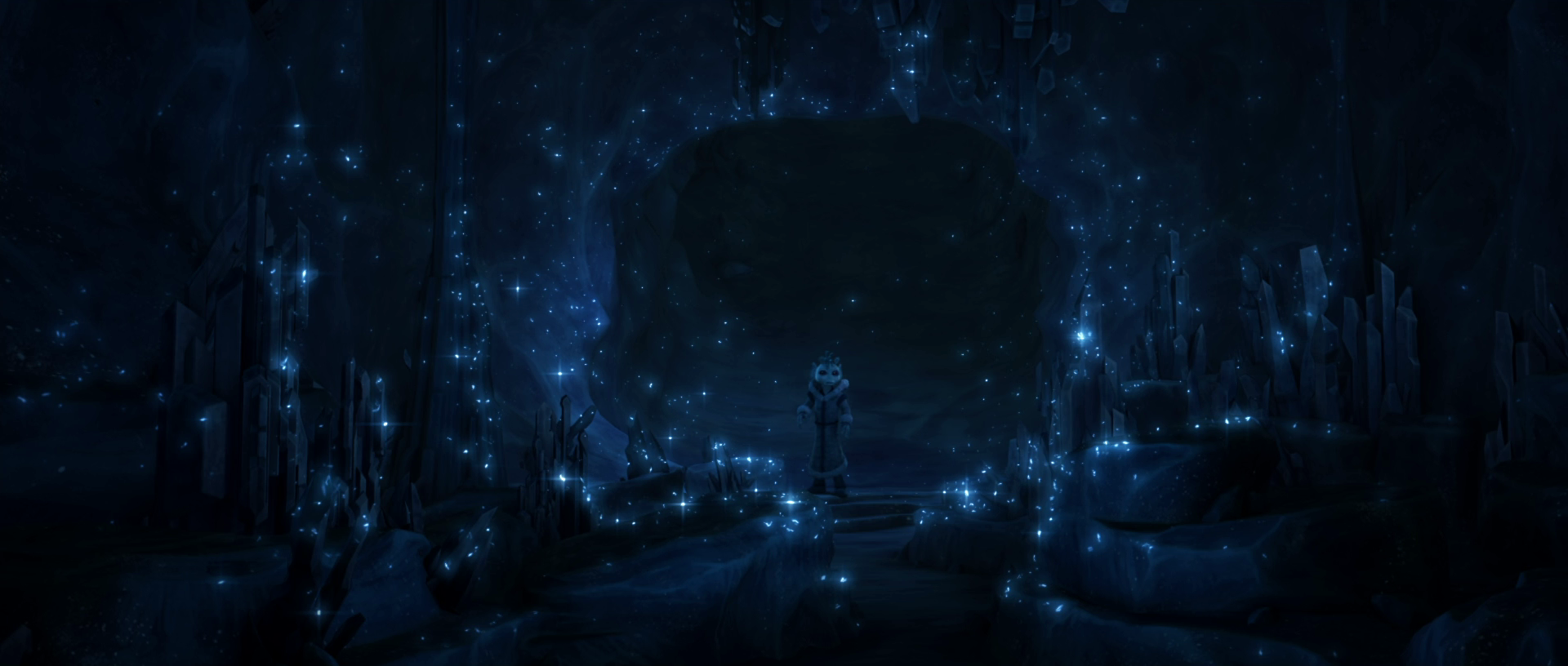
Before long, troves of lead, zinc and gold turned up as well - and by the mid-19th century, the first mining operations broke ground along the slopes. In 1794, prospectors discovered silver on the Sierra de Naica Mountain. The very largest, meanwhile, are up to 36 feet (11 meters) long and 3.2 feet (1 meter) thick. Many are 13.1 to 19.6 feet ( 4 to 6 meters) in length. Nevertheless, over time, a lot of these things attained breathtaking sizes. A 2011 study argued that, under the conditions that were available in this cave, it would've taken anywhere from 500,000 to 900,000 years to grow a selenite crystal measuring 3.2 feet (1 meter) in diameter. Granted, the crystals didn't turn into giants overnight. Because the crystals remained underwater - and because the water temperature stayed within a few degrees of 136 degrees Fahrenheit (58 degrees Celsius) - they were able to keep growing continuously. White-tinted selenite crystals took over the cave. The particles slowly began recombining into a kind of gypsum known as selenite. After that happened, the anhydrate started breaking down, filling the water with calcium and sulfate. Eventually, however, the H2O's temperature dipped slightly below 136 degrees Fahrenheit (58 degrees Celsius). The magma underneath Giant Crystal Cave kept the water in the cave nice and hot. (That's a reversible transformation, by the way.) But at lower temperatures, the mineral is liable to dissolve and then reform as gypsum. Now at temperatures of 136 degrees Fahrenheit ( 58 degrees Celsius) or more, anhydrite remains stable. This intrusive water contained the mineral anhydrite. The water was originally driven upward into the opening by a magma chamber that's located deeper in the Earth.

Roughly 98 feet (30 meters) long by 33 feet (10 meters) wide, it was filled with groundwater for tens of thousands of years. Giant Crystal Cave is a U-shaped cavity in the limestone below the Sierra de Naica.

Ultimately, that process led to the mountain's formation.

About 26 million years ago, magma started pushing its way toward the Earth's surface through those faults. Regional fault lines pass right under the Sierra de Naica Mountain.


 0 kommentar(er)
0 kommentar(er)
